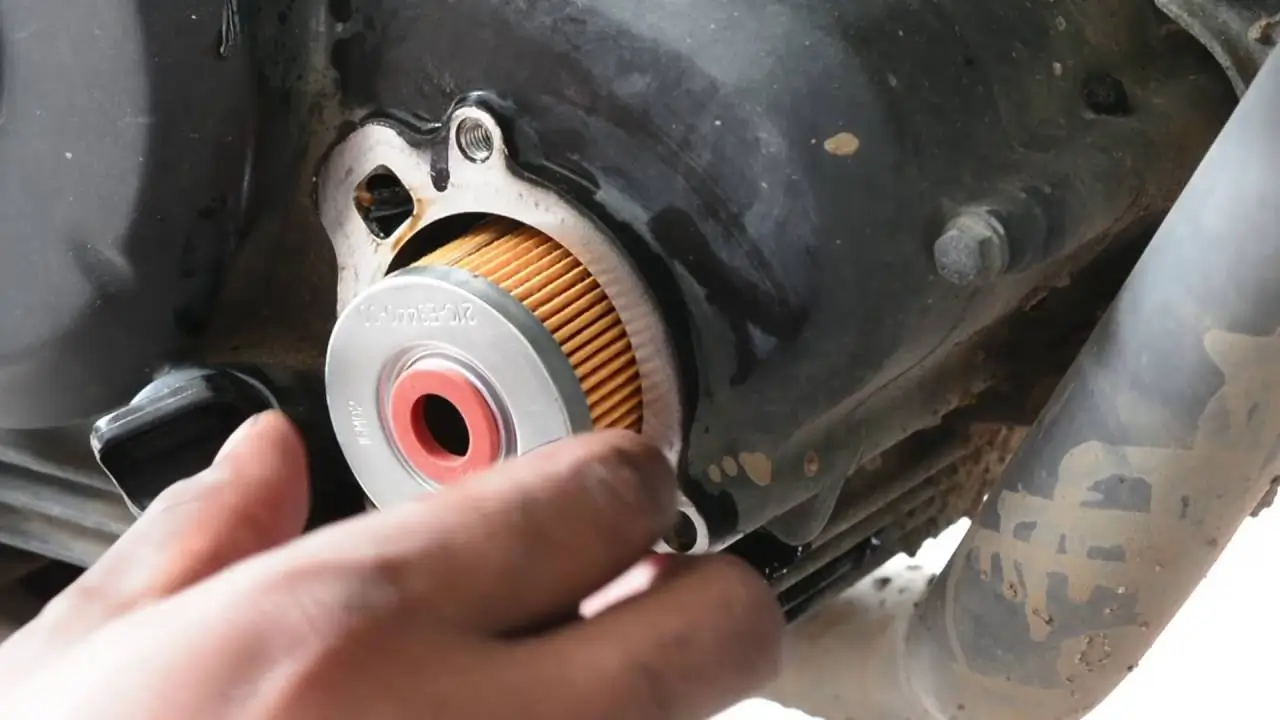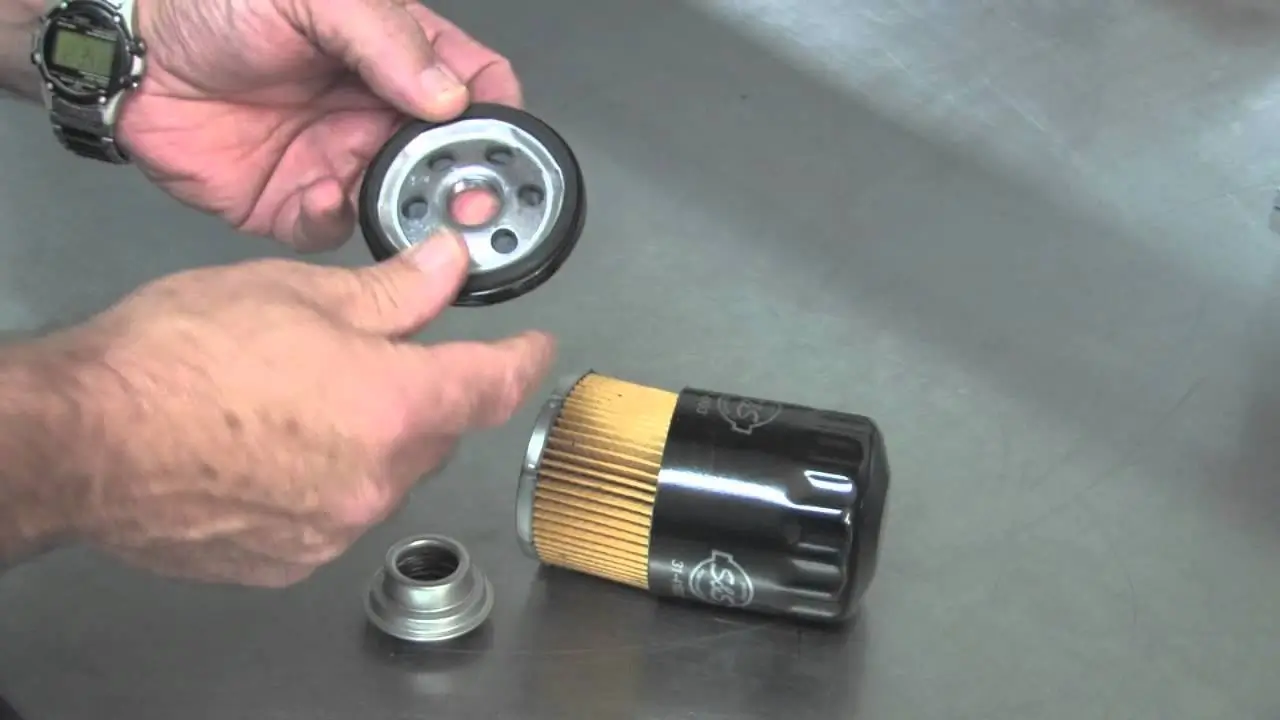Motorcycle saddlebags are essential for storing gear and ensuring a smooth ride, but they can become loose over time. If your saddlebags are wobbling or detaching, it’s crucial to address the issue before it leads to damage or safety risks. Here’s a comprehensive guide on why saddlebags loosen and how to secure them effectively.
Why Do Motorcycle Saddlebags Get Loose?
Motorcycle Saddlebags can loosen due to several factors, including:
- Vibrations and Road Conditions: Constant movement and rough terrain can gradually shake fasteners loose.
- Poor Installation: If not secured correctly, saddlebags can shift or fall off.
- Worn-Out Hardware: Screws, bolts, and brackets may weaken over time.
- Weight Distribution Issues: Overloading one side more than the other can cause imbalance and stress on the mounting system.
- Environmental Factors: Exposure to rain, extreme heat, or humidity can cause leather saddlebags to expand or contract, affecting fitment.

Best Fixes for Loose Motorcycle Saddlebags
1. Tighten Mounting Bolts Regularly
Check and tighten your saddlebag bolts frequently. Use a thread-locking adhesive to keep screws secure and prevent them from loosening due to vibrations.
2. Upgrade to a More Secure Mounting System
Factory-installed mounts may not always be the most durable. For better stability, consider upgrading to quick-release brackets or reinforced metal mounting kits.
3. Install Rubber Gaskets and Washers
Adding rubber gaskets or vibration-resistant washers can absorb shocks from the road, keeping the saddlebags tightly secured.
4. Balance the Load Properly
Distribute weight evenly between both saddlebags. Uneven weight can put excess stress on the mounting system, causing instability.
5. Check for Wear and Tear
Regularly inspect your saddlebags for cracks, bent brackets, or rusted screws. Replace any damaged components immediately to maintain security.
6. Reinforce with Extra Straps or Safety Cables
For added protection, use adjustable straps or safety cables to secure saddlebags in place, especially for long-distance rides.
7. Use Locking Mechanisms
Invest in saddlebag locks to prevent theft and to keep them securely attached to your motorcycle. Some locking mechanisms also provide additional stability against sudden jerks.

DIY vs. Professional Repair: Which One to Choose?
Deciding whether to fix your saddlebags yourself or hire a professional depends on several factors:
- DIY Fixes: If the issue is minor, such as loose bolts or worn-out washers, you can easily handle the repair with simple tools.
- Professional Repair: If your saddlebag brackets are bent or the mounting system is damaged, seek professional help to ensure durability and proper installation.
- Cost Considerations: DIY repairs are cost-effective, but professional repairs can save time and guarantee long-lasting results.

Best Saddlebag Brands for Durability
If you’re considering a new set of saddlebags, choosing a high-quality brand is essential. Here are some of the best options:
- Viking Bags: Known for their rugged construction and innovative security features.
- Saddlemen: Offers premium leather saddlebags with reinforced mounts.
- Kuryakyn: Specializes in hard-shell saddlebags with enhanced durability.
- Givi: Ideal for adventure and touring motorcycles, providing excellent weather resistance.
When to Replace Your Saddlebags
If your saddlebags continue to loosen despite multiple fixes, consider replacing them. Signs that it’s time for new saddlebags include:
- Persistent mounting issues
- Cracked or broken shell
- Excessive rust on mounting hardware
- Difficulty in securing, even after upgrades
- Faded or brittle material that compromises durability

Bonus Tips for Long-Lasting Saddlebags
1. Regular Cleaning and Maintenance
Dirt and grime can weaken saddlebag material over time. To extend their lifespan, clean your saddlebags regularly using appropriate cleaning products.
2. Apply a Waterproof Sealant
If your saddlebags are made of leather, apply a waterproof sealant to protect against rain and moisture damage. For hard-shell saddlebags, a protective wax coating can help maintain durability.
3. Avoid Overloading
Stick to the weight capacity recommended by the manufacturer to prevent excessive strain on mounting brackets and reduce wear and tear.
4. Store Your Saddlebags Properly
If you’re not using your motorcycle for an extended period, remove the saddlebags and store them in a cool, dry place to prevent warping or deterioration.
5. Inspect Before Rides
A quick pre-ride check ensures your saddlebags remain securely attached. Look for any loose bolts, worn-out straps, or structural issues before hitting the road.

Frequently Asked Questions (FAQs)
1. How often should I check my saddlebags for loose bolts?
Check your saddlebags at least once a month or before long rides to prevent unexpected loosening.
2. Can I use regular screws to secure my saddlebags?
It’s best to use high-quality, vibration-resistant bolts instead of standard screws, as they offer better security and durability.
3. What is the best material for saddlebags?
Hard-shell saddlebags made from ABS plastic or fiberglass are more durable, while leather saddlebags provide a classic look but require more maintenance.
4. Do saddlebag locks help with stability?
Yes, locking saddlebags not only prevent theft but also keep them firmly secured to the mounting system.
5. What should I do if my saddlebags still get loose after tightening?
Consider using rubber washers, safety straps, or a more secure mounting system to prevent recurring issues.
6. Can I repair cracked saddlebags, or should I replace them?
Minor cracks can be repaired with plastic welders or leather patch kits, but extensive damage usually requires replacement.
Final Thoughts
Loose motorcycle saddlebags can be frustrating and dangerous, but with the right fixes, you can ensure a secure fit and safe ride. By regularly checking bolts, using vibration-resistant materials, and upgrading your mounting system, you’ll keep your saddlebags firmly in place. Proper care and timely upgrades will not only improve your riding experience but also extend the lifespan of your motorcycle saddlebags.
Looking for quality motorcycle saddlebags? For premium motorcycle parts and accessories, contact us at AliWheels!















